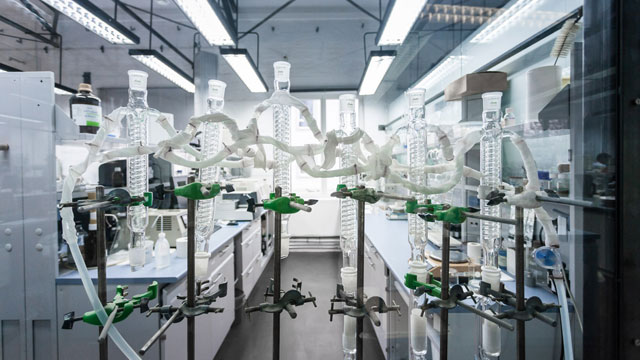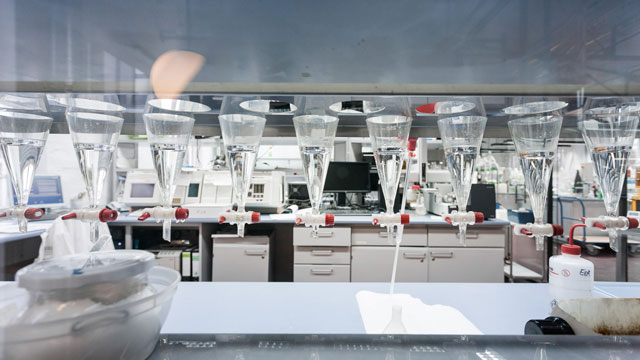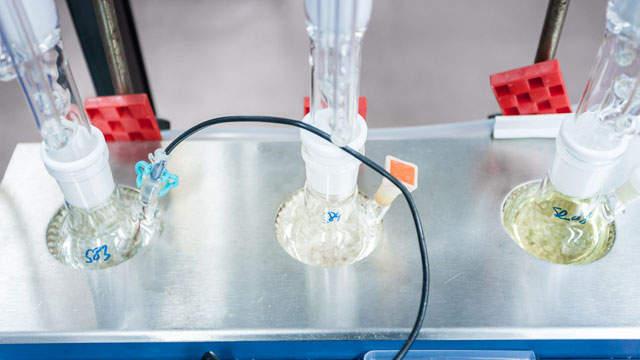Sum parameters
A sum parameter combines various constituents to a single measurand without differentiating between the various components.
The sum parameters AOX and EOX indicate the contamination of water and soil with organic halogen compounds (chlorine, bromine and iodine compounds). Organic halogen compounds don’t normally exist in nature. Produced through industrial activity, these compounds rank among the key pollutants in our environment. These include chlorinated solvents (dichloromethane, trichloroethene, tetrachloroethene, chlorobenzenes, ...), pesticides (DDT, lindane, PCP, ...), polychlorinated biphenyls (PCB), flame retardants, dioxins, furans and many other compounds.
The AOX value is the sum of all organic halogen compounds adsorbable to activated carbon in water, wastewater and sludge samples. There are two AOX methods (DIN EN ISO 9562): the shaking method, in which the sample is shaken in the presence of activated carbon, and the column method, in which the sample is passed through a column filled with activated carbon. In both methods, the organohalogen compounds are adsorbed by the activated carbon. The activated carbon is then burned at approx. 1000 °C in the oxygen stream. In addition to water, carbon dioxide and other combustion products, this procedure generates hydrogen halides (HCl, HBr, HJ), which are recorded and quantified by microcoulometric measurement. The AOX value is expressed in micrograms of chlorine per litre (µg of Cl/l).
The EOX value is the sum of all extractable organic halogen compounds in sludge, soil and water samples. Sludge and soil samples are first dried (to DIN 38414-17) at 105 °C and are then extracted using hexane in a Soxhlet extractor. The remaining procedure is similar to the AOX method: The extract is combusted in an oxygen atmosphere, and the halogenated hydrocarbons thus produced are recorded and quantified (in mg of Cl/l or mg of Cl/kg) by microcoulometric measurement.
Normally, for water samples, the AOX value is determined, whereas the EOX value is rarely determined.











